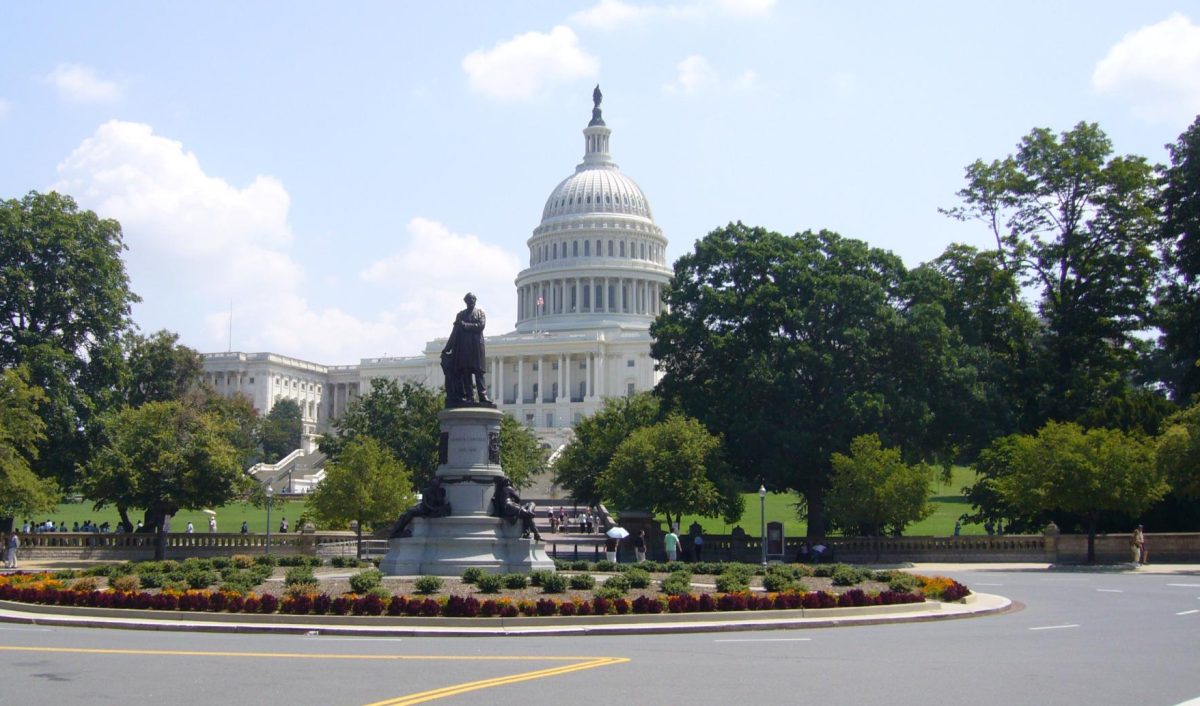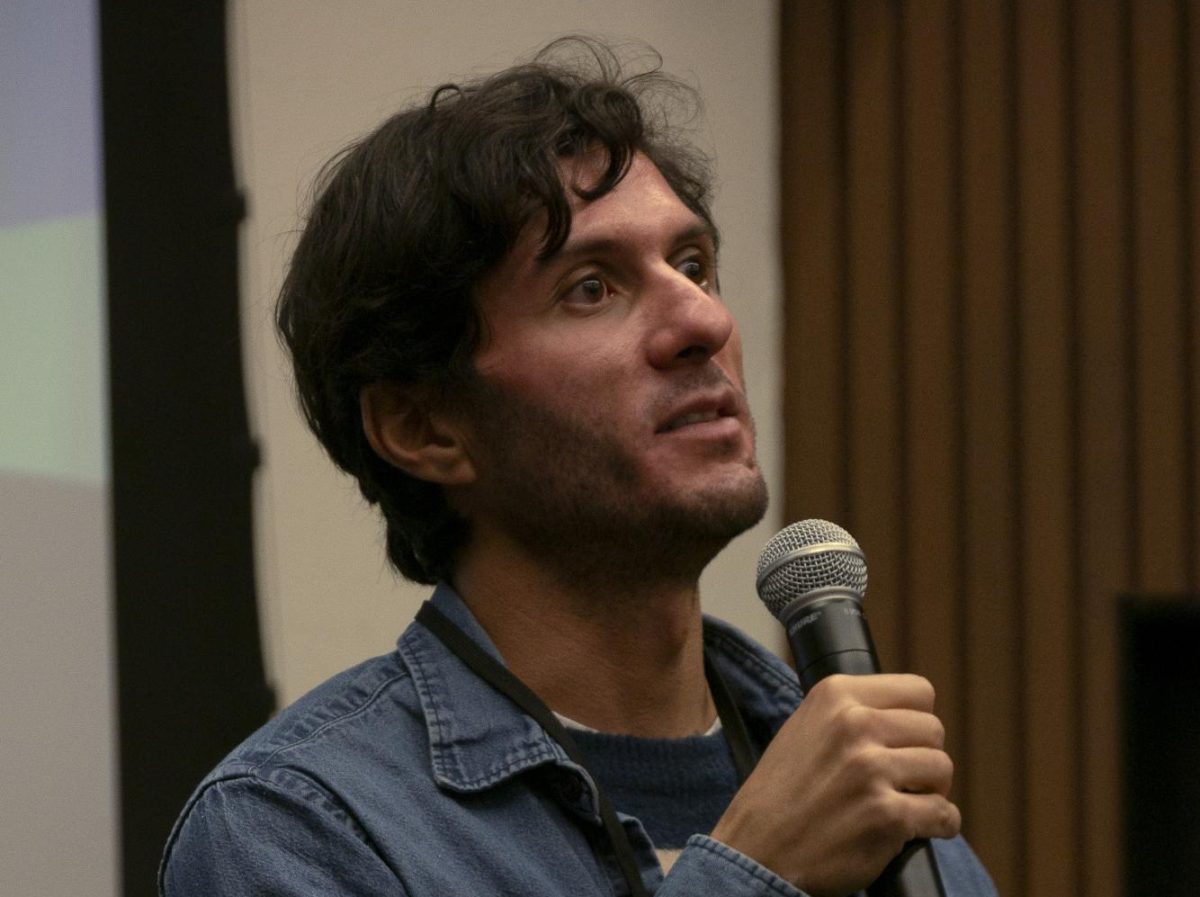On November 7th, Gavin Newsom called a special session of the Legislature in order to pass emergency legislation to “protect California values.” Newsom emphasized reinforcing California’s legal funds in preparation for lawsuits against Trump’s administration; during Trump’s first term, California sued his administration 123 times, winning a majority of the cases. Newsom looks prepared to follow a similar playbook this time, in order to “protect civil rights, reproductive freedom, climate action, and immigrant families.” The only problem? California’s ongoing housing crisis ensures the people who really need these protections cannot live here. Establishing legal funds to fight Trump’s administration, which will be committed to tearing down our institutions, is critical—but make no mistake, this protection will be worthless for those California is currently pushing out due to its monumentally high housing costs. The way to protect California’s residents, and the rest of the country’s, is simple: build more.
The 2020 Census recorded a population growth of 6.1% in California since the last census—solid, but a substantial decrease from the 10% rise recorded in 2010. California’s population growth is slowing, and from 2019 to 2023 it even recorded a decrease, from 39,605,361 to 39,061,058—600,000 people! There are, of course, a number of intersecting reasons for this population slowdown. But it’s hard to overstate how California’s anti-growth mindset, resulting in a significant gap between housing supply and demand, has contributed. For decades, California’s housing production has been woefully out of pace with demand. Looking at the Bay Area as an example: SPUR, a public policy think tank, found that the Bay Area would have had to build 1,057,500 units to keep pace with demand from 2000 to 2020; instead, we fell short by 659,000. The root of the housing crisis is complicated, but it does not take an economics degree to know that a lack of supply paired with high demand creates high prices. Likewise, all the research tells us building more drives down prices.
Housing costs are the second most popular reason cited by those leaving California at 23%, after jobs (49%), and one-third of Californians have, at one point or another, seriously contemplated moving out of the state because of high housing costs. It goes without saying that this is unsustainable. But the most damning outcome of the lack of housing supply is that, as California pulls high-income, wealthy residents from other states, it is losing lower-income, poorer residents to other states. It goes without saying that poorer people are the ones who will most need state protection from a hostile administration—but they are exactly the residents who California is pushing out.
And where are they going? Overwhelmingly to red states, where land is cheaper and state governments are far more amenable to Donald Trump. According to Zillow, the median rent in Austin, for example, is around $1.2K, compared to around $2K in San Francisco. Statewide, the median rents for all units of all types are $2.8k in California and around $1.9k in Texas. The story is the same for other red states: $1.8K in Tennessee, $1.3K in Ohio, $1.8K in Utah, and so on. Compare this to the $3K in Massachusetts, and $2.5K in New Jersey, and the eye-popping $3.1K median rent in New York. Across the nation, blue states have far more expensive housing than red states. The obvious, foreseeable consequence of this disparity is that poor residents ejected from blue states will turn to cheaper red states, and indeed that’s what’s been happening:
in 2023, 100,000 Californians moved to Texas, 50,000 to Florida, and 26,000 to Idaho. Most of this out-of-state migration is by lower- and middle-income residents, who in 2022 represented a net 162,659 people moving out.
It’s borderline impossible to give an exhaustive list of all the ways red states are more dangerous for their residents, but I’ll try: abortion bans, anti-trans laws, poorer health regulation, less protection for undocumented immigrants, worse education, more pollution, and more. And that’s just right now—when Trump and his circus of cabinet picks take office, it’ll get even worse. You can bet Florida won’t do anything to protect fluoridated water when RFK Jr. recommends getting rid of the mandate. And when Trump announces mass deportations of immigrants (not just undocumented), Texas won’t just stand by—it’ll cooperate. It’s important to not sugarcoat this—Trump’s policies will be destructive on a level difficult to comprehend, and it is an unforgivable moral failing that Democratic policy is pushing people who won’t be able to handle them to states that will not protect them.
There’s an electoral importance to building housing, too. The electoral vote share is redistributed every 10 years based on census data; California’s and other blue states’ slow population growths mean that the amount of electoral votes allotted to them decreased in 2020 and will almost certainly decrease again in 2030. California is forecasted to lose four electoral votes by the 2032 election, down to 50 from 54 right now; New York will lose three, bumped down to 28; Illinois will lose two. Meanwhile, red states experiencing population booms will pick up these lost votes—Texas will gain four, Florida will gain three, and Idaho, Utah, and Tennessee will each gain one. This creates a precarious path to victory for Democrats post-2030, presuming the current political alignment holds. Take Kamala Harris’s loss this year, for example. If she’d picked up Wisconsin, Michigan, and Pennsylvania, she would’ve won, 270 to 268. But using the forecasted vote redistribution, those three would no longer be enough; that same scenario would result in a 257 to 281 loss for Harris. The housing crisis is not just a moral failing, then, but a profound strategic liability; high housing costs are actively lowering the Democrats’ chances of success in future elections. Maybe it’s not all bad, though, right? It’s long been assumed that emigrants from California would turn destination states blue in some long-term political shift. But as Texas lurched rightward by a staggering eight points this year, increasing Trump’s margin from six percentage points in 2020 to 14 in 2024, it’s clear those hopes were disastrously unfounded. Democratic states are hemorrhaging electoral votes to red states, and their chances of victory are diminishing with them.
But the housing shortage is not just costing Democrats electoral votes; it’s costing them real ones, too. One need only look at urban swings in this election to notice a worrying trend; voters in urban areas, especially higher-cost ones, swung right more compared to the nation. For example, San Francisco went from voting in favor of Biden by 73 points to voting in favor of Harris by 65. This is a seven point swing, slightly higher than the national ~5.5 point swing. In New York, Manhattan and Brooklyn swung 11 points to the right, while the Bronx swung a massive 22 points right. The causes of these swings are undoubtedly complex, but it’s hard to imagine the high cost of living isn’t playing a significant role. After all, counties with the highest costs of living swung the furthest right, on average; counties in the top 5% swung 5.3 points right, while counties in the top 10% swung 4.6 points right. High cost of living in areas of Democratic governance is practically free propaganda for Republicans; on the national stage, the words “San Francisco” are code for Democratic urban decline. It matters little that most Republican stereotypes about Democrat-run cities are blatant nonsense (skyrocketing crime rates, most prominently); the longer Democrats let people rot in increasingly expensive housing, the more voter dissatisfaction it will inspire.
The upshot is, the solution is relatively simple. If Gavin Newsom wanted to, he could call another special session and force through bills that would make permitting for new housing easier, override restrictive local zoning laws, lower construction costs, and above all, incentivize abundance, the proven way to lower costs. This election has shown us, too, that the anti-growth establishment in California may soon be toppled. Locally, Mountain View’s Prop G passed, a measure that will fund, among other things, many new housing projects. In San Mateo, Measure T passed, a bid to upzone the El Camino corridor in the city. An urbanist, pro-housing candidate won the mayoral race in Berkeley, and in San Francisco, four of six pro-housing candidates for supervisor won their districts. I am optimistic the tides are turning, but they must turn quickly. Let’s recall the stakes here: every person harmed by Trump’s policy that was pushed out of California by housing costs represents an abject moral failure on the part of Democrats. And Democrats on all levels, local, state, and national, must do all they can to protect these people.





















































































